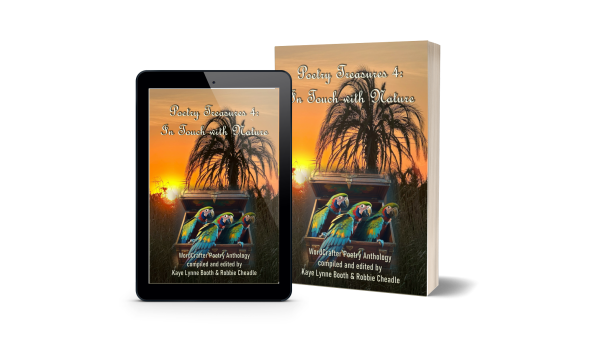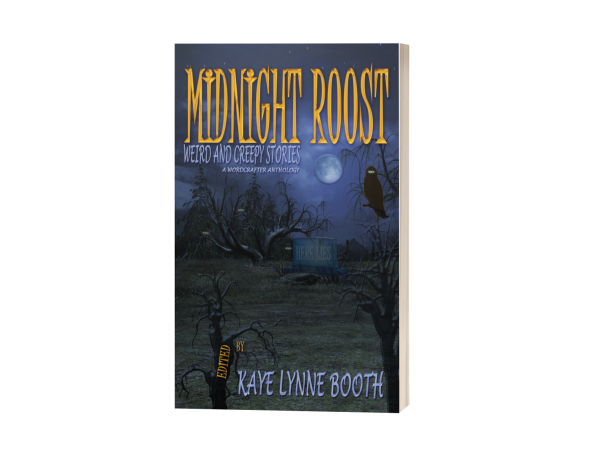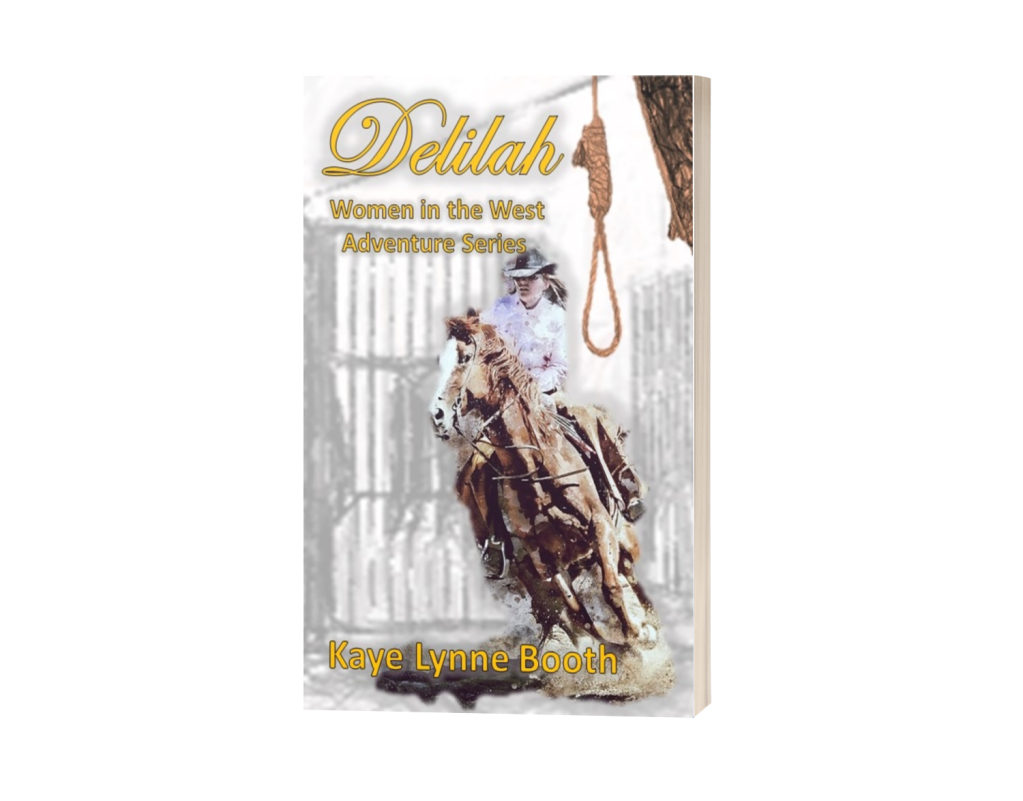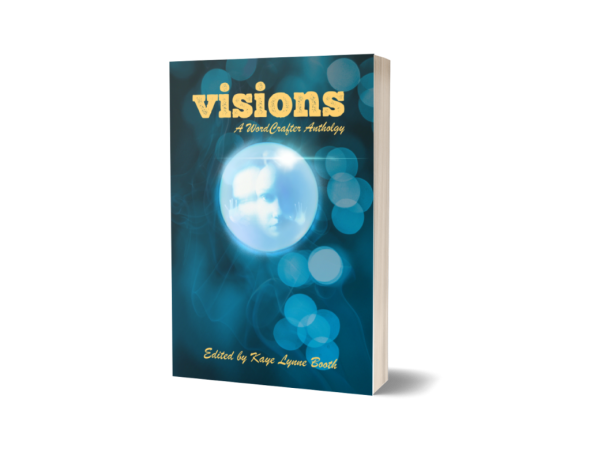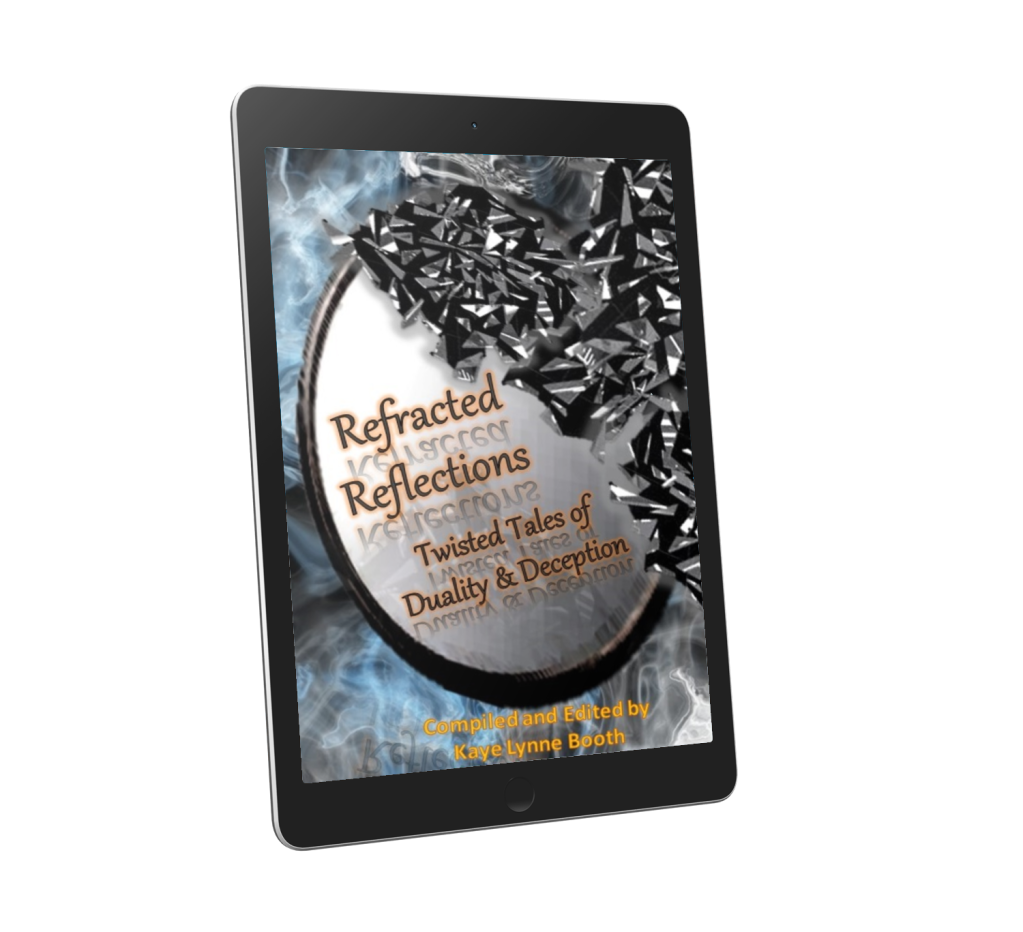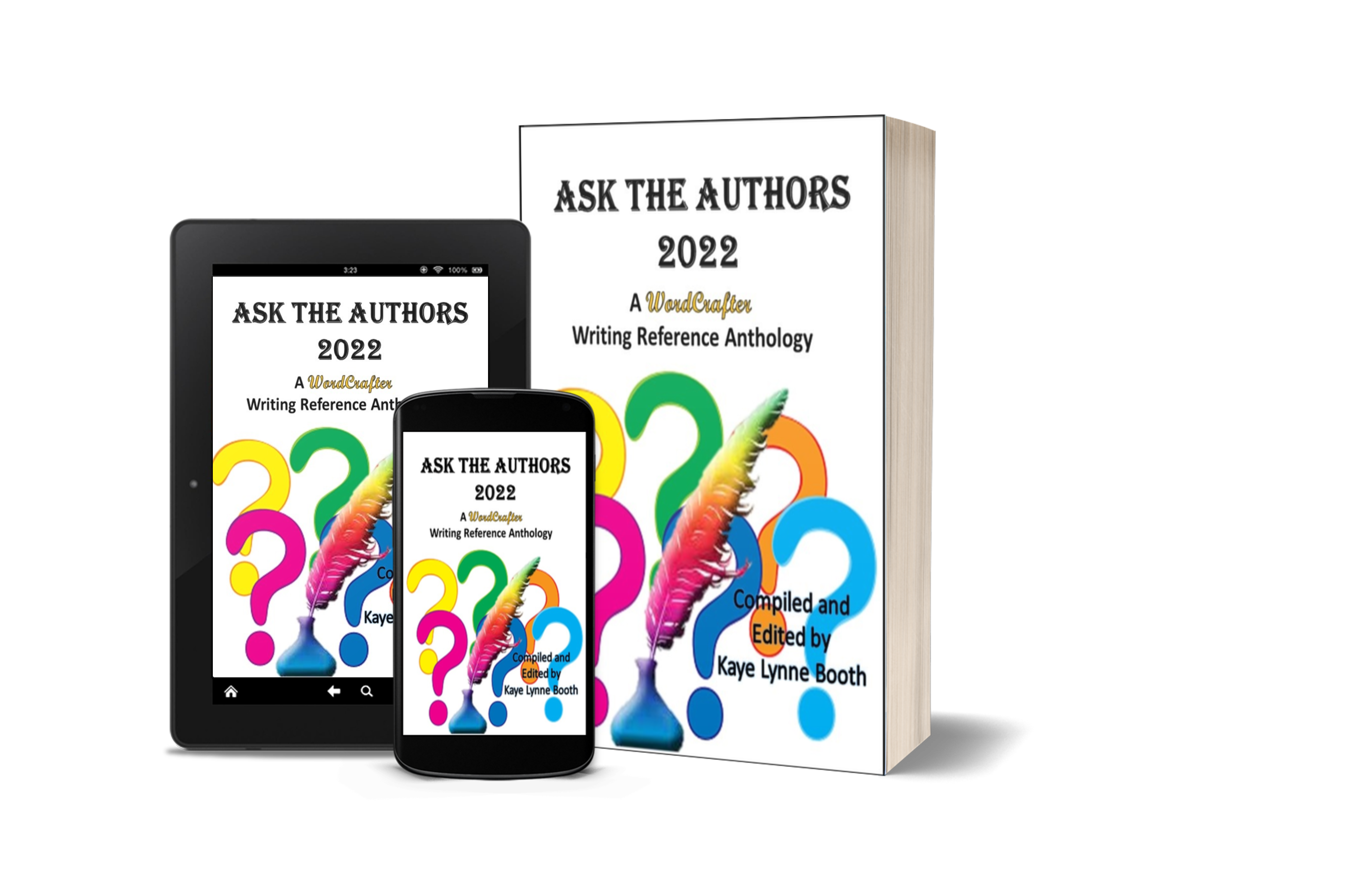Dark Origins – African myths and legends: The San (previously Bushmen) Part 3
Posted: March 23, 2022 Filed under: Dark Origins, Mythology and Legend, Story Telling Methods | Tags: African Legend, Dark Origins, Legend and Mythology, South African History, Writing to be Read 44 Comments
In January and February, I introduced you to the San or Bushmen of Southern African and shared some of their cultural ways and traditional stories.
Part 1 provided an introduction to the San and some information about a specific rock art form of the human hand. You can read it here: https://writingtoberead.com/2022/01/26/dark-origins-african-myths-and-legends-the-san-previously-bushmen-part-1/
Part 2 provided an overview of the San hunting methods and I shared another traditional story. I also introduced you to the Bushman Heritage Museum in Nieu Bethesda. You can read it here: https://writingtoberead.com/2022/02/23/dark-origins-african-myths-and-legends-the-san-previously-bushmen-part-2/
Today, I am sharing a bit about the traditional religious beliefs of the San.
God and the afterlife
The bushmen traditionally believe in a greater and a lesser Supreme Being or God.
The greater God first created himself and then the land and the food it produces, the air and water. He is generally a positive power and protects, wards off disease and teaches skills to people. When angered, however, he can send bad fortune.
The lesser god is seen to be bad or evil, a destroyer rather than builder, and a bearer of bad luck and disease. The bushmen believed that bad luck and disease was caused by the spirits of the dead, because they want to bring the living to the same place they are.
Cagn is the name the bushmen gave their god. They attributed human characteristics to him as well as many charms and magical powers.
The bushmen believed in the afterlife and a dead man’s weapons were buried with him. They turned the face of the dead towards the rising sun, as they believed that if he was faced to the west the sun would take longer to rise the next day.
Witchcraft
The bushmen heritage includes a deep belief in witchcraft and charms. They have a dread of violating them and bringing bad luck upon themselves. The hunters believe that if their shadows fall on dying game it will bring disaster upon them. No matter how thirsty a bushman is, he will not dig a hole in the bed of a dried-up stream until he has made an offering to appease the spirit of the stream. The spirit is thought to take the form of an enormous man with either red or green skin and white hair. The spirit can make himself visible or invisible at will.
San rock art
San rock art found in Namibia date back at least 25,000 years. The Bushmen continued with their rock art painting right up until the time of the European settlers. We know this because some of their more recent artworks depict wagons. Archaeologists believe that the San artworks were a way for the entire community to share mental images while in a group trance state.
The San artwork depicts non-human beings, hunters, and half-human half-animal hybrids. The half-human hybrids are believed to be medicine men or healers who performed healing dances.
Here are a few examples of San rock art we saw on our recent road trip to Nieu Bethesda:
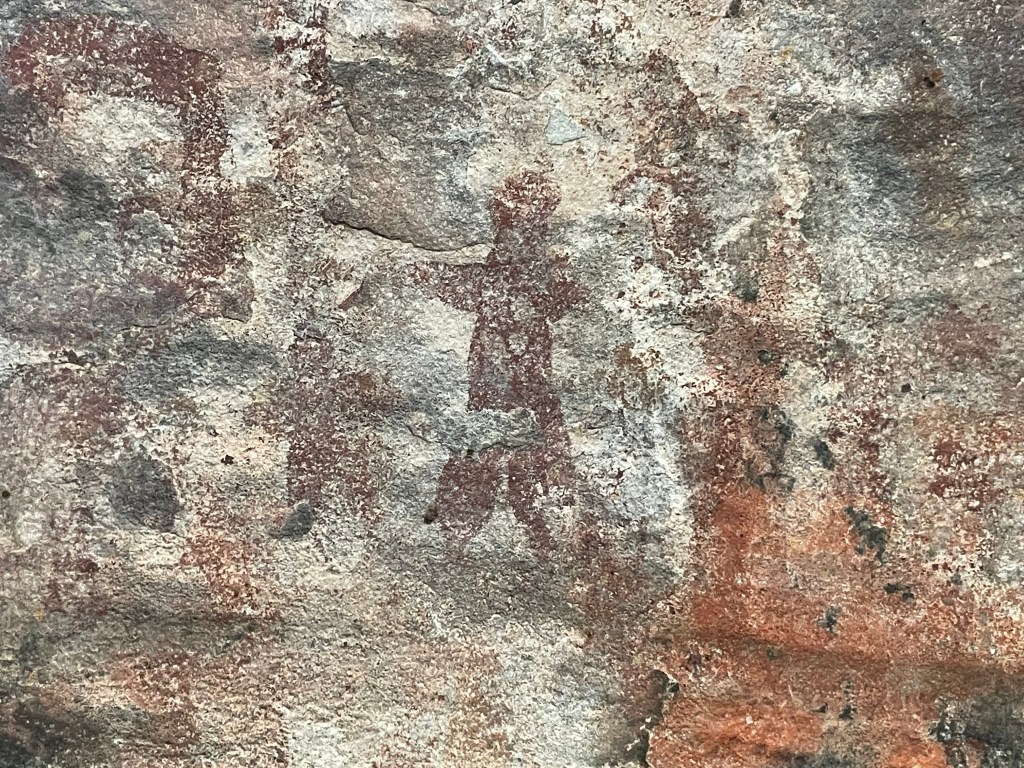



San Bushman Moon Dance in the Kalahari Desert
About Roberta Eaton Cheadle

Roberta Eaton Cheadle is a South African writer and poet specialising in historical, paranormal, and horror novels and short stories. She is an avid reader in these genres and her writing has been influenced by famous authors including Bram Stoker, Edgar Allan Poe, Amor Towles, Stephen Crane, Enrich Maria Remarque, George Orwell, Stephen King, and Colleen McCullough.
Roberta has short stories and poems in several anthologies and has 2 published novels, Through the Nethergate, a historical supernatural fantasy, and A Ghost and His Gold, a historical paranormal novel set in South Africa.
Roberta has 9 children’s books published under the name Robbie Cheadle.
Roberta was educated at the University of South Africa where she achieved a Bachelor of Accounting Science in 1996 and a Honours Bachelor of Accounting Science in 1997. She was admitted as a member of The South African Institute of Chartered Accountants in 2000.
Roberta has worked in corporate finance from 2001 until the present date and has written 7 publications relating to investing in Africa. She has won several awards over her 20-year career in the category of Transactional Support Services.
Find Roberta Eaton Cheadle
Blog: https://wordpress.com/view/robertawrites235681907.wordpress.com
Twitter: https://twitter.com/RobertaEaton17
Facebook: https://www.facebook.com/robertawrites
Amazon: https://www.amazon.com/Roberta-Eaton-Cheadle/e/B08RSNJQZ5
_____________________________________________________________________________________________
Want to be sure not to miss any of Robbie’s “Dark Origins” segments? Subscribe to Writing to be Read for e-mail notifications whenever new content is posted or follow WtbR on WordPress. If you found it interesting or entertaining, please share.
Craft and Practice with Jeff Bowles – Narrators of a Different Color
Posted: May 19, 2021 Filed under: Character Development, Craft and Practice, Dialogue, Fiction, Point of View, Story Telling Methods, Tense, Voice, Writing | Tags: Craft and Practice, Dialogue, Jeff Bowles, narration, Point of View, writing advice, Writing Tips, Writing to be Read Leave a commentEach month, writer Jeff Bowles offers practical tips for improving, sharpening, and selling your writing. Welcome to your monthly discussion on Craft and Practice.
There’s an entire school of thought behind the use of standard third-person perspective in narrative fiction. Often enough, beginning writers are encouraged to see it as their go-to, which isn’t horrible advice. Let’s do a quick POV lesson, in case your memory is hazy.
First-person: I walked to the lake.
Second-person: You walked to the lake.
Third-Person: He walked to the lake.
Conventional wisdom says most readers stomach lucky number three best. I think that might be a load of hogwash, but let’s assume it’s 100% correct. What would be the benefit of writing fiction—or creative nonfiction, for that matter—from a quote, unquote “nontraditional” perspective? Your own edification, right? And maybe something else.
Third-person is the norm because it provides helpful breathing room between us and our readers. It’s easy to tell a story this way, natural. We’re used to it, having read it a million times before. By the same token, I have noticed it’s become increasingly more common for storytellers to dabble in other modes. First or second-person, past or present tense, limited omniscience or full-blown mind-of-God territory. First-person present tense, by the way, is notoriously apt to cause chaos.
“I write on the blog post for a bit, and then I check my email. It occurs to me I’ve never met a sultan of Saudi Arabia, so it’s possible these diet pills are phony. Oh well. I chuck them in the trash and head outside to clear my mind. It smells like a forest fire out here. Hey, what gives?”
This is stream of consciousness stuff, easy to write but difficult and unwieldy to beat into proper shape. All the verbiage points to me, me, me, now, now, now. It can get same-same after a while, difficult to chew through. Not always, but often enough.

I’ll give you the benefit of the doubt and assume your new forest fire/phony diet pill story is perfectly well written, thank you very much. You did the job, tale told effectively, end of discussion. In that case, one crucial question comes to mind. Is your narrator any fun to read?
What do you mean, what do I mean? What’s a fun narrator supposed to sound like? Well, I guess they can be any of the following: idiosyncratic, faulty, confident, psychotic, mentally sound, likable, unlikable, funny, unfunny, jaded, naïve, a super focal lens, an individual with something to say, a personality worth delving into.
Maybe you’ve never considered it this way, but in my humble estimation, narration of this kind is a blank check. Most things worth achieving sound unlikely at first. Think of it like speed dating. You known instantly upon sitting across from someone whether or not you’d enjoy their company. Is your speed-dater worth engaging in conversation? Are they fun to listen to?
Gut check time. How well do you write dialogue? I only ask because I’ve realized throughout the years not everyone is as keen on it as I am. Sharp and amusing with zero fat left to trim, that’s my favorite kind. But what’s yours? Informative but not dull? Wacky and a bit irredeemable? More importantly, do you think you could extend a few lines of it to encompass an entire story? I’m willing to bet you can.
The simple truth is most writers create bland characters by default. Not you, of course. Perish the thought. Mentors and teachers might encourage us to pre-fill character sheets or go to public places and write down snatches of conversation we hear. I’m not saying that’s bad advice, but I can confidently tell you it’s more efficient and effective to let characters tell us who they are rather than to impose our sizable wills upon them. Don’t bloat yourself up with too much preparation. On the fly, hit the page and let your creations speak to you. A little honest individuality is enough to distinguish your work from the work of others, and that’s a good thing.
Rule makers have tried to enter this arena, but I don’t think they’ve done a great job setting any concrete prescriptive measures. Is addressing your reader directly breaking the fourth wall? No, not really. If you think about it, first-person narration divorced from context is unnatural anyway. It was much more common in centuries past for authors to speak to their readers through narration. As we discussed earlier, stability is easy to achieve by providing a little breathing room. This is a blank check, remember? Anything and everything is achievable, provided you’ve got the skills to stick the landing. That’s the thing about experts. If they tell you something can be done, they’re most certainly right. If they tell you it can’t, they’re most certainly wrong.
Style remains essential in this domain. My final advice is this: If you’re currently working on something you’ve written in first-person, try playing with your style a little, write it like you’d write some nice extended dialogue, just as far as you’re comfortable, nothing too crazy—unless you like crazy. You might just surprise yourself. Scratch that. Your narrator might surprise you.
Don’t be stiff or formal. Get into the nitty gritty and pour a serious helping of personality gravy on those otherwise boring and bland mashed ‘taters.
On that note…
See you next time, everyone. Have an awesome May, will you?
Jeff Bowles is a science fiction and horror writer from the mountains of Colorado. The best of his outrageous and imaginative work can be found in God’s Body: Book One – The Fall, Godling and Other Paint Stories, Fear and Loathing in Las Cruces, and Brave New Multiverse. He has published work in magazines and anthologies like PodCastle, Tales from the Canyons of the Damned, the Threepenny Review, and Dark Moon Digest. Jeff earned his Master of Fine Arts degree in creative writing at Western State Colorado University. He currently lives in the high-altitude Pikes Peak region, where he dreams strange dreams and spends far too much time under the stars. Jeff’s new novel, Love/Madness/Demon, is available on Amazon now!
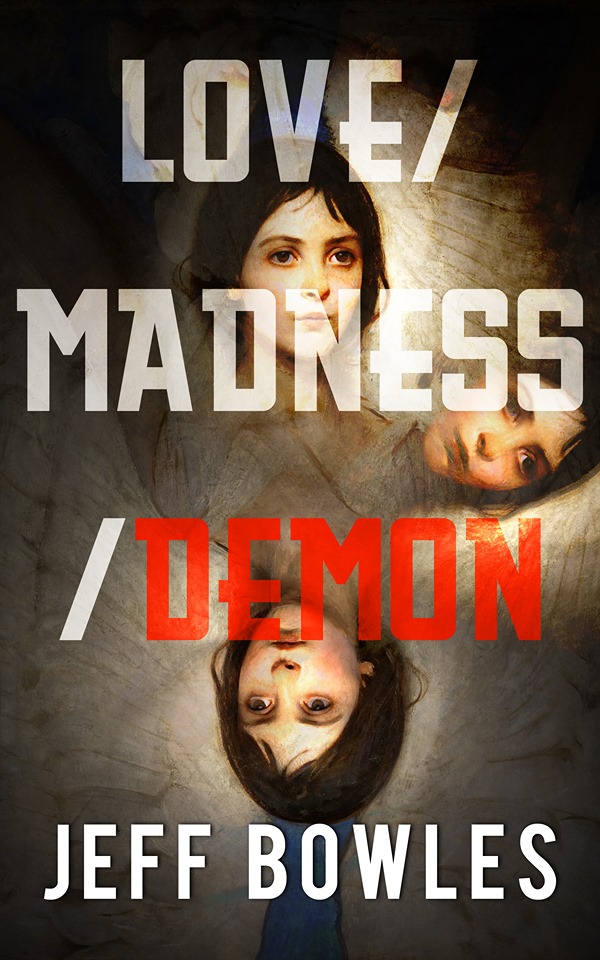
Check out Jeff Bowles Central on YouTube – Movies – Video Games – Music – So Much More!
Want to be sure not to miss any of Craft and Practice with Jeff Bowles segments? Subscribe to Writing to be Read for e-mail notifications whenever new content is posted or follow WtbR on WordPress
Day #4 of the WordCrafter “Seizing the Bygone Light” Book Blog Tour: My Review
Posted: March 18, 2021 Filed under: Blog Tour, Book Promotion, Book Review, Books, Photography, Poetry, Review, Story Telling Methods, WordCrafter Book Blog Tours | Tags: Cendrine Marrouat, David Ellis, Hadiya Ali, Photography, Poetry, Seizing the Bygone Light, WordCrafter Book Blog Tours, Writing to be Read 3 Comments
Day four of the WordCrafter “Seizing the Bygone Light” Book Blog Tour brings this wonderful tour to a close. Thanks to all who ventured on this brief book tour with us. On Day #1, I introduced this wonderful collection of photgraphy and poetry, Seizing the Bygone Light: A Tribute to Early Photography, an amazing collaborative effort from Cendrine Marrouat, David Ellis, and Hayida Ali, right here on Writing to be Read.

On Day #2, we visited Barbara Spencer’s Pictures from the Kitchen Window, where she interviews the three members of the ArtProMo Collective about their inspiration for Seizing the Bygone Light and the combining of poetry and photography as a storytelling medium.

Day #3 found us over at Robbie Cheadle’s Robbie’s Inspiration, where we get a guest post from the authors about their visions and collaborative efforts to create this unique collection of visual imagery and verse.

Now here we are, back where we started, where my review of this very interesting collection will finish off the tour. I want to thank you all for joining us, and if you missed any of the four blog stops along the way, just click on the links above to go back and see what you miss kelellpe.
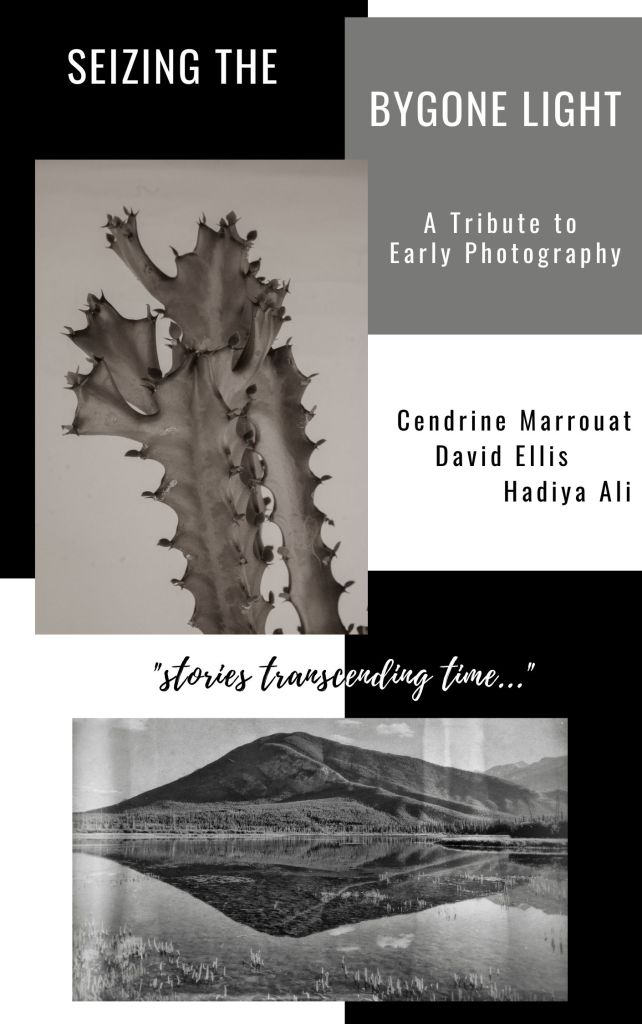
My Review
Seizing the Bygone Light: A Tribute to Early Photography combines the visual media of photography and the art of poetry into a insightful method of storytelling. Cendrine Marrouat, David Ellis, and Hadiya Ali are visionaries in their arts. This collaborative effort employs the use of styles of both photography and poetry, which they have created themselves, exploring new and unique realms in their individual mediums.
The book is structured into three sections of black and white photographs. The third section combines the Pareiku and Haibun poetry of David Ellis with photographs of bygone days, while the reminigrams created by Cendrine Marrout produce timeless photos, and the captivating subjects and striking images of nature by Hadiya Ali are inspired by the photographic images of Irving Penn and Karl Blossfeldt, but her young eye and fresh vision offer unique perspective. The result of this collaborative effort is a stunning collection of inspiring visual stories that pay homage to the black and white era of days past, while at the same time, celebrating the rise digital photography with their original and innovative styles
Inspirational and innovative, Seizing the Bygone Light: A Tribute to Early Photography, is a must for anyone with an interest in photography or its history and for anyone who likes to view the world through a unique and captivating lense, as well as those who just have an appreciation of poetic form. I give it five quills.
Buy Link for Seizing the Bygone Light: A Tribute to Early Photography
_____________________________________________________________________________________________________________________________
About the Authors
Hadiya Ali is a 19-year-old Pakistan-born artist who now lives in Oman. A keen observer of people,
she noticed at a very young age how talented market workers were at what they did – but that they
seemed unaware of their own talent. So she decided to capture their stories with her camera.
Before she knew it, her project had attracted attention and she had been booked for her first
professional photoshoots, suddenly realizing that she, too, had been unaware of her own talent all
this time.
Hadiya works on projects that capture unique stories and themes. Some of her photography is
featured in The Auroras & Blossoms PoArtMo Anthology: 2020 Edition.
David Ellis lives in Tunbridge Wells, Kent in the UK. He is an award-winning poet, author
of poetry, marketing workbooks/journals, humorous fiction and music lyrics. He is also a co-author
and co-founder of Auroras & Blossoms, and the co-creator of PoArtMo (Positive Art Month and
Positive Art Moves) and the Kindku / Pareiku.
David’s debut poetry collection (Life, Sex & Death) won an International Award in the Readers’
Favorite Book Awards 2016 for Inspirational Poetry Books.
David is extremely fond of tea, classic and contemporary poetry, cats, and dogs but not snakes.
Indiana Jones is his spirit animal.
Cendrine Marrouat is a French-born Canadian photographer, poet, and the multi-genre author of
more than 30 books. In 2019, she co-founded the PoArtMo Collective with Isabel Nolasco, and
Auroras & Blossoms with David Ellis. A year later, Ellis and she launched PoArtMo (Positive Art
Month and Positive Art Moves) and created the Kindku and Pareiku, two forms of poetry. Cendrine is
also the creator of another poetry form (the Sixku) and a type of digital image (the Reminigram).
Cendrine writes both in French and English and has worked in many different fields in her 17-year
career, including translation, language instruction, journalism, art reviews, and social media.
Together, Cendrine, David, and Hadiya comprise the PoArtMo Collective, an artist collective dedicated
to creating and releasing inspirational and positive projects.
___________________________________________________________________________________________________________
Book your WordCrafter Book Blog Tour today!
Growing Bookworms – “Why must I read when the world is electronic and I prefer computer games to books?”
Posted: March 10, 2021 Filed under: Growing Bookworms, Literacy, Reading, Story Telling Methods, Visual Media | Tags: Graphic Novels, Growing Bookworms, Literacy, Reading, reading education, Video Games, Visual Media, Writing to be Read 85 Comments
Children need to learn to read and write. This is an undebatable fact. Well, it’s undebatable from a parents point of view, it is very debatable from a teenagers point of view. I have had a number of conversations with children, including my younger son, about the necessity of reading.
“Why do I need to read when I can watch a movie?”
“Why must I read when the world is electronic and I prefer computer games to books?”
The simple answer, is that despite our moving to a more visual and electronic platform, everything in our modern lives is still underpinned by the written word. It is merely it’s shape and form that has changed.
Every movie and most television shows are based on screenplays which are written by writers, or even groups of writers. Many movies and television series are adapted from books. If there were no books, our choices of visual media would be much more limited. Screenplays would be written, but without creativity and a knowledge of writing, a screenplay could not exist. In my experience, the range of creative writing and English literacy skills our children learn is far more expansive than what I learned at school. Their curriculum now includes visual literacy and film study as well as the traditional grammar, poetry, comprehension and creative writing I studied. These are changes that accommodate our changing times.
As for computer games, I soon realised that the computer games my children play are not the Pacman or Donkey Kong style games from my childhood, but are sophisticated stories with themes and plots. My sons have learned all about Greek and Norse mythology from computer games, as well as how to plan a war or battle with supply lines and build an entire society form a little creature that whistles to a race that can fly to the moon. When they were younger, they learned about farming. They planted crops, water and feed them and eventually harvested them.

The knowledge and skills they have gained from computer games are not inferior or worthless. The games of strategy have taught them useful survival and planning techniques. The most interesting thing for me about their games is that they require reading. There are pop up notifications continuously as the game progresses. The characters also speak and interact and their thoughts and plans are often set out in words exactly like subtitles. I have also discovered that my children Google information about their games and look up how to do things. This also requires reading.
I point this out to them. If you couldn’t read, you wouldn’t be able to play this game. If people didn’t write, there would be no script for the game you are playing. Because our lives are more visual now does not mean that these skills are not longer necessary. There are vital to engage in this virtual world. In this context, my sons understand the importance of reading. I have linked it to their world.
We no longer write letters, but we spend all day long on email. Writing an email requires good communication skills or you will not achieve the desired outcome.
We no longer draft lengthily reports but precise power point presentations with succinct bullet points. If you have prepared such presentations you will know that their preparation requires more thought and careful word choice than the long and wordy documents we produced in the past. Preparing a good presentation requires an ability to summarise and pick pertinent points out of a larger feedback document.
Even those of us who work mainly with figures – the number crunches of the world – have to be able to write and communicate effectively. A complex spreadsheet and lines of figures must be reduced to a written interpretive document and then to a concise bulleted presentation. They are meaningless without interpretation and communication to others.
As a parent of two teenage boys I have learned to put my personal prejudices [or literary snobbery] aside when it comes to learning to read. There is nothing wrong with graphic novels. In fact, a lot of our adult humour and political sarcasm is shared through cartoons and memes. This makes visual literacy essential – Ha! The teachers are right after all.
I have decided that if my sons see little benefit to reading Around the World in 80 Days by Jules Verne or The Time Machine by H.G. Wells and prefer to read five volumes of the Minecraft Combat Handbook, that is actually okay.

And having achieved this peace of mind, I even celebrated it with a cake!

About Robbie Cheadle

Robbie Cheadle has published nine books for children and one poetry book. She has branched into writing for adults and young adults and, in order to clearly separate her children’s books from her adult books, is writing for older readers under the name Roberta Eaton Cheadle.
Robbie Cheadle’s Sir Chocolate children’s picture books are written in sweet, short rhymes which are easy for young children to follow and are illustrated with pictures of delicious cakes and cake decorations. Each book also includes simple recipes or biscuit art directions which children can make under adult supervision. Her books for older children also incorporate recipes that are relevant to the storylines.
Roberta Eaton Cheadle’s supernatural stories combine fabulous paranormal elements with fascinating historical facts.
Children’s picture books – available as a square book and an A5 book (co-authored with Michael Cheadle):
Sir Chocolate and the strawberry cream story and cookbook
Sir Chocolate and the baby cookie monster story and cookbook
Sir Chocolate and the sugar dough bees story and cookbook
Sir Chocolate and the Condensed Milk River story and cookbook
Sir Chocolate and the Sugar Crystal Caves story and cookbook
Sir Chocolate and the Fondant Five story and cookbook
Sir Chocolate and the Ice Cream Rainbow Fairies story and cookbook
Middle school books:
Silly Willy Goes to Cape Town (includes five fun party cake ideas)
While the Bombs Fell (co-authored with Elsie Hancy Eaton)
Poetry book:
Open a new door (co-authored with Kim Blades)
Supernatural fantasy YA novel:
Through the Nethergate
Horror Anthologies (edited by Dan Alatorre):
Spellbound
Nightmareland
Dark Visions
Paranormal Anthologies (edited by Kaye Lynne Booth):
Spirits of the West
Whispers of the Past
Murder mystery Anthology (edited by Stephen Bentley)
Death Among Us
Find Robbie Cheadle
Blog: https://bakeandwrite.co.za/
Blog: robbiesinspiration.wordpress.com
Twitter: BakeandWrite
Instagram: Robbie Cheadle – Instagram
Facebook: Sir Chocolate Books
____________________________________________________________________________________________________________
Want to be sure not to miss any of Robbie’s “Growing Bookworms” segments? Subscribe to Writing to be Read for e-mail notifications whenever new content is posted or follow WtbR on WordPress. If you found it interesting or entertaining, please share.
“The Stand”: A Visual Media Review
Posted: January 18, 2021 Filed under: Apocalyptic, Character Development, Post-Apocalyptic, Story Telling Methods, Television review, Visual Media | Tags: Apocalyptic, Stephen King, Television review, The Stand, The Stand 20-21 mini-series, Whoopi Golderg, Writing to be Read 6 CommentsI’ve been a Stephen King fan since I was thirteen and read Carrie, but I didn’t realize it until a year later when I read The Shinning one night when I was babysitting. I picked it up after my charges were asleep and I was looking for something to read, and I couldn’t put it down. I called my mom and woke her up at four in the morning, because I was too scared to read more, but I didn’t want to put the book down. I finished it the next day, and after that, I soaked up anything by Stephen King that I could get my hands on. I’ve read The Stand through three times, including the “Special Edition” version with all the cut chapters and scenes. I’ve seen the original mini-series twice, so it was in great anticipation that I awaited the coming of the new mini-series on CBS All Access. I woke up analyzing this s new version of an old favorite, so I knew I had to write this review.
Let me begin by saying that I think they made a huge mistake by starting this mini-series after Captain Tripps has devoured humanity and placed the survivors into the two camps in Boulder and New Vegas, and only allowing us glimpses of the pre-Captain Tripps world, instead of letting us get to know the characters as the story unfolds, as in the book and the original mini-series. By eliminating what was basically the first half of the book and reducing it to flashbacks, we miss out on vital character development, not to mention many of the very intense scenes that occur there.
Now, I know we shouldn’t judge this version by those that have come before, and I’ve tried not to, but in my defense, I know this story inside and out, and it is very difficult not to draw on previous knowledge. But, I’m on episode 5 and I still don’t feel connected to any of the characters. That connection, the feeling of knowing and relating to the characters, is one of the big appeals of this story. Without it, I doubt anyone would keep turning the pages of this massive novel or continue watching, because without that feeling of connection, readers or viewers have no reason to care. And I have to admit, I’m hard-pressed to keep viewing the 20-21 version for this very reason.
But the method of storytelling is only one problem. I have difficulty buying-in to this new cast. There’s already been controversy over the Randall Flagg of the first mini-series and this one, portrayed by Alexander Skarsgard, who doesn’t come off as being evil enough in my opinion, but this could go back to the lack of character developement. Although I could get used to Jovan Adepo as Larry Underwood and Gabreille Rose as Judge Harris, who are opposites of their original counterparts, I feel Whoopi Goldberg misses the mark totally with the character of Mother Abigail.
While I like Whoopi as Guynan on Star Trek Generations, and I loved her as Oda Mea Brown in Ghost, she is not the right actress for this part. Mother Abigail is old and frail and determined to carry out the Lord’s work as long as she is able, and everyone loves her and is devoted to her. Whoopi is none of these things. Goldberg is not old enough, and she’s not frail in any way. In previous versions, Mother Abigail’s strength was established through her determination while she was still alone at Hemmingford Home, (which is now in Boulder instead of Nebraska), which we only see a glimpse of in this version. We don’t see her frailty, or her failing health in the Goldberg character, and it is difficult to buy-in to the character, when I don’t feel as if I know who she is or where she came from in the story.
Overall, I am disappointed in this recent rendition of one of my favorite apocalypse tales. I know Stephen King has writing credits for at least nine episodes, but cutting out half the original story was not a good storytelling decision. Flashbacks don’t offer enough to get to know and connect with the characters. There were also several questionable casting decisions, at least in my mind, which prevent relatabilty of the characters. I honestly don’t know how much more I will watch, because they haven’t made me care about this cast of characters in any meaniful way. I will say that Captain Tripps bears some scary resemblences to the Covid pandemic we’re all living through now, but I don’t know if that is enough to attract viewers, especially without many of the most powerful scenes, such as the journey through the tunnel out of New York, Nick’s time as jailer, and Lloyd’s rat problem, which is alluded to in flashback, but just didn’t carry the same impact. My continued viewing is doubtful. If you don’t already know this apocalyptic story, I recommend the original mini-series, or better yet, get the book.









